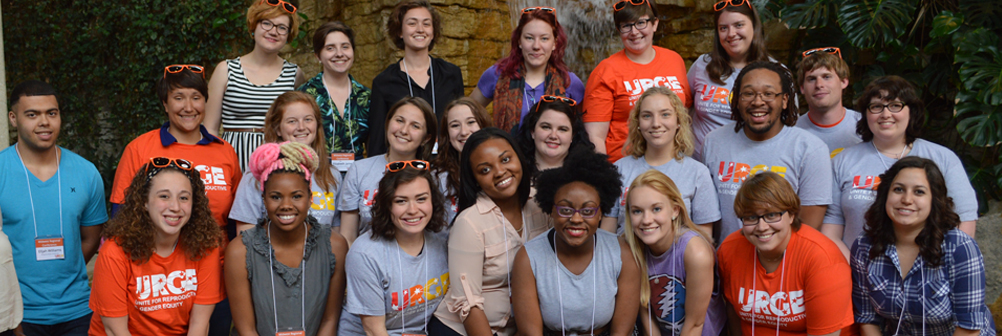What the Drop in the Abortion Rate Won’t Tell You

Posted by Summer
February 4, 2014
It’s official, America. According to the newest study on abortion rates from the Guttmacher Institute, the national abortion rate is now in decline. According to the study by Rachel Jones and Jenna Jerman, the abortion rate declined to 16.9 abortions per 1,000 women aged 15–44 in 2011. In comparison, the recorded peak of the American abortion rate was in 1981, with 29.3 per 1,000 and the lowest since 1973 (16.3 per 1,000). Since 2008, the abortion rate has fallen wholly 13%.
It’s easy to get excited about numbers like these from either side of the aisle. For anti-choicers, fewer abortions is always a good thing. For reproductive justice advocates like myself, fewer abortions may reflect fewer unintended pregnancies and therefore more reproductive freedom and autonomy. But a closer look at the issue quickly reveals that it’s not nearly that simple.
On the positive side, the study explicitly notes that increased birth control use is probably the cause of the decline, as the drop coincides with the rise in use of more effective long-acting birth control. Additionally, Plan B became available over the counter in 2009. Both of these could also lead to fewer unintended pregnancies, which means fewer people choose abortion. In fact, the study also states that the decline of the abortion rate coincides with an overall national decline in pregnancy and birth rates as well. Furthermore, this decline predates the implementation of many abortion restrictions put in place after 2011.
On the other hand, abortion rates are finicky stats to begin with. There is no way to tell how much of the drop may be related to self-abortion or illegally obtained abortions. Unfortunately, both of these things are much more likely to happen while abortion remains inaccessible and unaffordable, as we’ve seen it does in states like Kansas, Ohio, and Texas.
Not to mention those abortion restrictions that arrived after this study – who knows how they will affect abortion rates and access? I know that for many young or low-income people, for people living in rural areas, and for people of color, these restrictions will make the abortion a more difficult choice as it systematically becomes a more expensive and inaccessible right.
All in all, abortion rates simply aren’t the best way to understand the state of reproductive justice. They don’t tell us the stories of real people making real choices about their families and their lives. Abortion rates don’t explain the social stigma and consequential isolation that many people experience, they don’t tell us who got the right to an abortion and who did not. So while the numbers and the graph and the interactive map are fascinating, they tell only a teeny tiny part of the story. It’s up to us, reproductive justice activists and advocates, to make sure that we tell the rest.
Leave a Reply
You must be logged in to post a comment.

